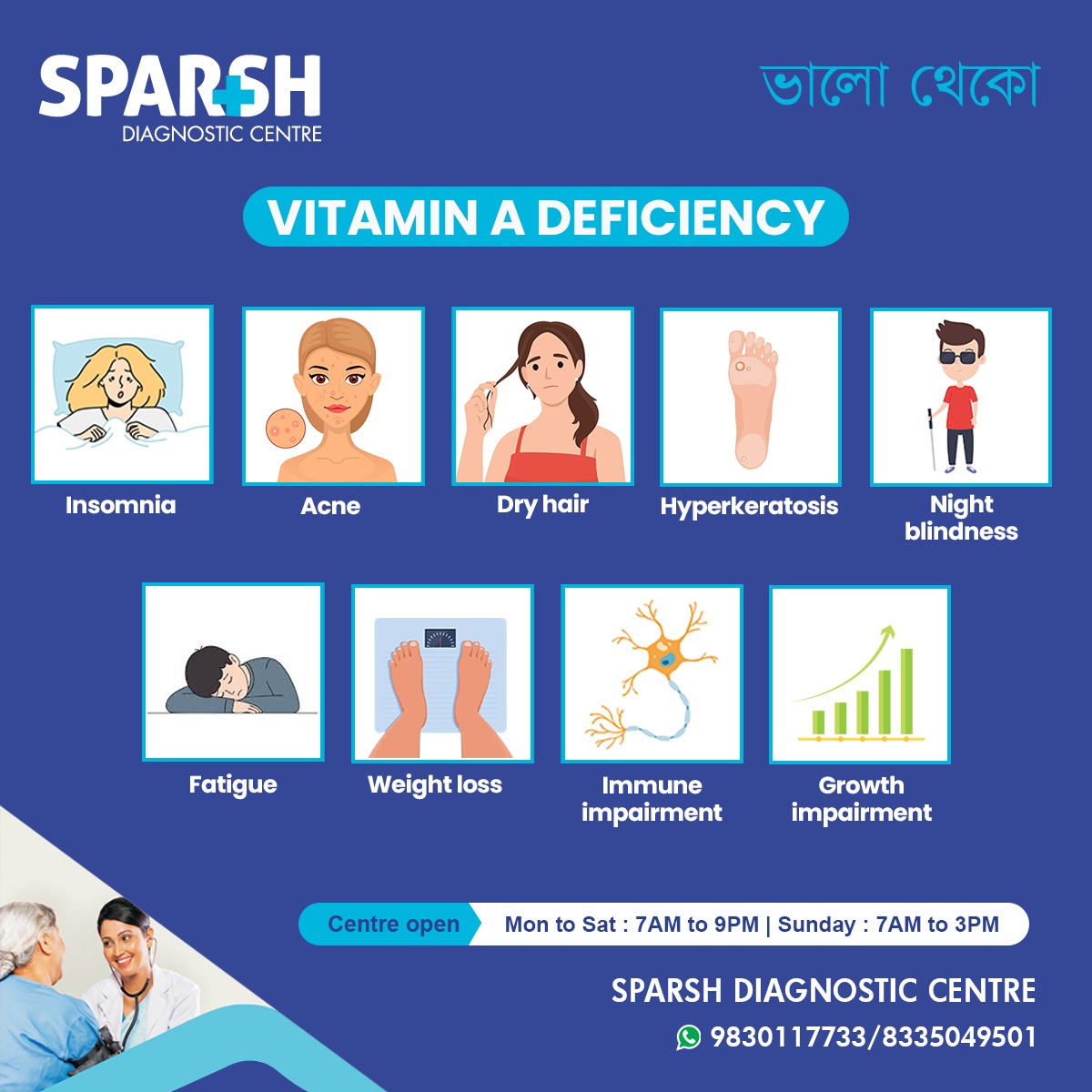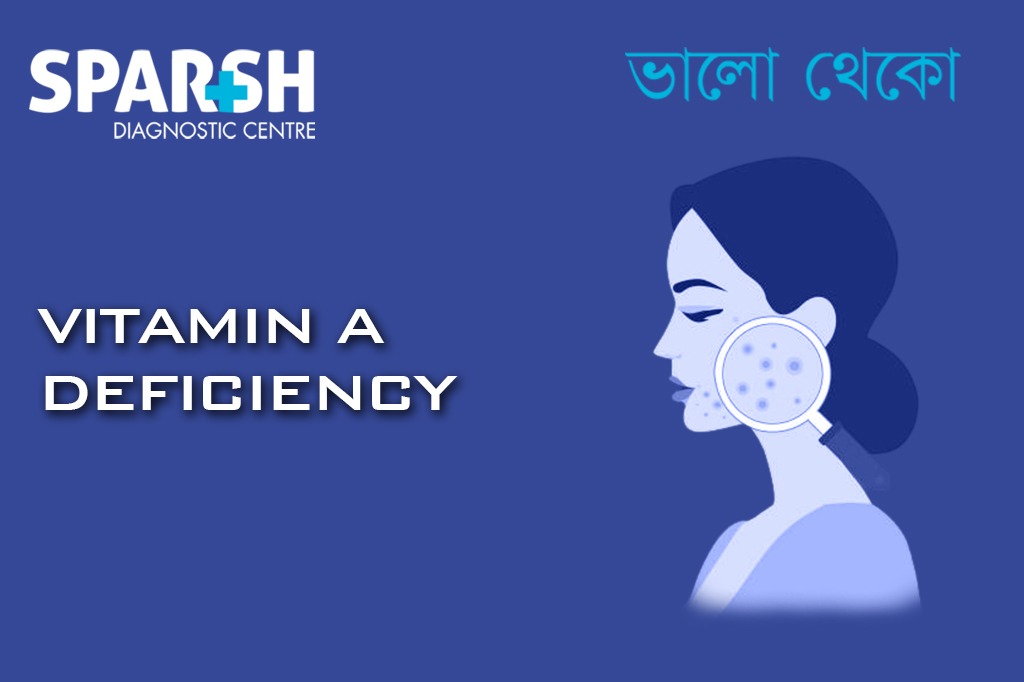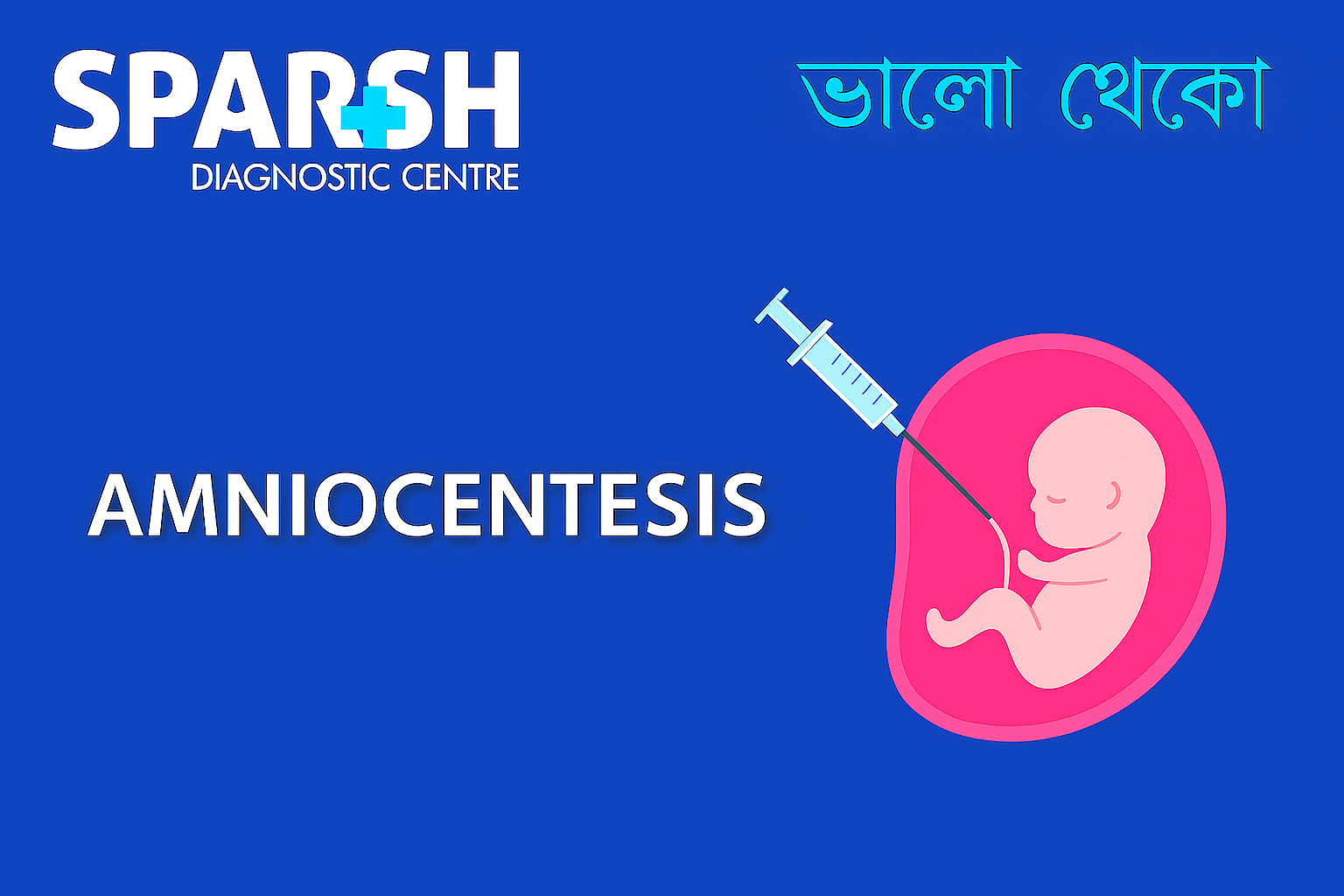Vitamin A is one of the most essential micronutrients required by the human body. It plays a critical role in vision, skin health, immune function, growth, cellular communication, and reproductive processes. Despite being a fat-soluble vitamin available through various dietary sources, millions of children and adults worldwide suffer from Vitamin A deficiency, especially in low- and middle-income countries. Even mild deficiency can impair your immunity and vision, while severe deficiency may lead to blindness, infections, and long-term health complications.
This comprehensive guide explores Vitamin A deficiency in detail—its symptoms, causes, diagnosis, treatment options, and preventive strategies.
What is Vitamin A Deficiency?
Vitamin A deficiency (VAD) occurs when the body does not receive or absorb enough Vitamin A to perform essential biological functions. The body does not produce Vitamin A naturally; therefore, it must be obtained through foods such as milk, eggs, leafy vegetables, carrots, mangoes, and liver.
There are two major types of dietary Vitamin A:
Preformed Vitamin A (retinol): Found in animal sources—fish oils, liver, dairy products, eggs.
Provitamin A carotenoids (beta-carotene): Found in plant sources—carrots, spinach, sweet potatoes, tomatoes, papaya, and mangoes.
When the intake or absorption of these nutrients becomes insufficient, Vitamin A deficiency begins to develop.
Key Functions of Vitamin A in the Body
To understand the seriousness of Vitamin A deficiency, it is essential to know the major functions of this vital micronutrient:
1. Vision
Vitamin A helps form rhodopsin, a protein in the retina that enables us to see in low light. Without enough Vitamin A, night vision deteriorates.
2. Immune System Regulation
It supports the production and function of white blood cells, helping the body fight infections.
3. Skin and Mucosal Health
Vitamin A maintains epithelial tissues such as skin, respiratory tract lining, gut lining, and urinary pathways.
4. Growth and Development
Required for bone growth, tissue repair, and proper fetal development.
5. Reproductive Health
It supports reproductive processes in both males and females.
Given its wide range of functions, even moderate deficiency can affect multiple body systems.
Symptoms of Vitamin A Deficiency
Vitamin A deficiency can manifest through various clinical signs affecting the eyes, skin, immunity, and metabolism. The following are the most common symptoms:
1. Night Blindness
One of the earliest signs of Vitamin A deficiency is difficulty seeing in low light or during nighttime. Vision becomes blurry or less sharp after sunset.
2. Dry Eyes (Xerophthalmia)
Reduced tear production makes the eyes dry, irritated, and more prone to infections.
3. Bitot’s Spots
White, foamy patches on the conjunctiva caused by keratin buildup.
4. Corneal Ulceration or Blindness
Severe deficiency may lead to keratomalacia—a condition where the cornea becomes soft and cloudy, leading to permanent blindness.
5. Dry Hair and Skin
Vitamin A supports skin cell turnover. Deficiency leads to rough, dry, flaky skin and brittle hair.
6. Hyperkeratosis
A thickening of the skin, especially on the arms, thighs, and buttocks.
7. Acne
Vitamin A plays a key role in oil gland regulation; insufficient levels can worsen acne.
8. Insomnia
Vitamin A influences melatonin production; deficiency may cause sleep disturbances.
9. Frequent Infections
Poor immunity leads to recurring respiratory infections, digestive issues, and delayed wound healing.
10. Fatigue and Weakness
Deficiency affects energy metabolism, causing persistent tiredness.
11. Weight Loss
Improper nutrient absorption and decreased appetite may lead to unintended weight loss.
12. Stunted Growth in Children
Vitamin A is essential for bone development, and deficiency can impair height and physical development.
13. Reproductive Challenges
Men may experience reduced sperm production, while women may have difficulty conceiving.

Each symptom gives insight into how deeply Vitamin A influences health and well-being.
Causes of Vitamin A Deficiency
Vitamin A deficiency may occur due to dietary insufficiency or impaired absorption. Key causes include:
1. Poor Diet
Lack of fruits, vegetables, dairy products, and animal-based foods leads to primary deficiency. This is common in people with restrictive diets or limited access to nutritious foods.
2. Malabsorption Disorders
Medical conditions that reduce fat absorption affect Vitamin A absorption as well:
Pancreatic insufficiency
3. Liver Disease
The liver stores Vitamin A; any damage affects storage and release.
4. Alcoholism
Chronic alcohol consumption depletes Vitamin A levels and impairs absorption.
5. Measles Infection
Children with measles often develop Vitamin A deficiency as the disease reduces the body’s Vitamin A reserves.
6. Pregnancy and Lactation
Expectant and nursing mothers have higher Vitamin A requirements.
Understanding the root cause helps guide effective treatment.
Diagnosis of Vitamin A Deficiency
Diagnosing Vitamin A deficiency involves:
1. Blood Tests
A serum retinol test is commonly used. Levels below 0.70 µmol/L indicate deficiency.
2. Clinical Examination
Doctors look for signs such as dry eyes, corneal changes, skin issues, and growth impairment.
3. Dietary Assessment
A nutritionist evaluates your daily diet to identify gaps in Vitamin A intake.
4. Eye Examinations
To detect early signs of xerophthalmia or night blindness.
5. Imaging or Biopsy (rare cases)
To assess liver function or tissue changes.
Diagnostic accuracy is important, as symptoms may overlap with other conditions.
Treatment of Vitamin A Deficiency
Treatment depends on the severity of the deficiency and underlying cause.
1. Dietary Modifications
Patients are advised to include:
Carrots
Sweet potatoes
Spinach
Broccoli
Eggs
Milk and dairy
Mangoes
Papaya
Fish liver oil
A balanced diet helps replenish Vitamin A levels naturally.
2. Vitamin A Supplementation
Doctors may prescribe:
Retinol palmitate or
Beta-carotene capsules
In severe cases, high-dose supplements may be required following WHO-recommended dosage schedules.
3. Treatment of Underlying Conditions
For malabsorption disorders, the primary disease must be treated to improve Vitamin A absorption.
4. Eye Care
Artificial tears, antibiotics, or corneal treatment may be required for advanced ocular symptoms.
5. Supportive Care in Children
Children with measles or malnutrition receive special supplementation to prevent complications.
Never self-medicate with high-dose Vitamin A, as excessive amounts can be toxic.
Complications of Untreated Vitamin A Deficiency
If left unaddressed, Vitamin A deficiency can lead to:
Permanent blindness
Severe infections
Growth retardation
Increased mortality in children
Skin disorders
Corneal perforation
Early detection and prompt treatment prevent irreversible consequences.
How to Prevent Vitamin A Deficiency?
1. Eat a Balanced Diet
Include Vitamin A-rich foods daily.
2. Breastfeeding
Exclusive breastfeeding for six months provides infants with essential Vitamin A.
3. Public Health Supplementation
High-risk areas implement Vitamin A supplementation programs for children and pregnant women.
4. Control Infections
Vaccinations, especially measles, help reduce deficiency risk.
5. Improve Gut Health
Treat digestive issues that impair nutrient absorption.
6. Reduce Alcohol Consumption
Promotes better Vitamin A metabolism.
With small lifestyle changes, Vitamin A deficiency is easily preventable.
Who is at Risk for Vitamin A Deficiency?
Children under five
Pregnant and breastfeeding women
People with chronic malabsorption
Individuals with liver disease
Vegans lacking dietary variety
Alcohol-dependent individuals
People with limited access to nutritious foods
Recognizing high-risk groups helps in early screening and prevention.
Frequently Asked Questions (FAQ)
1. What is the most common symptom of Vitamin A deficiency?
Night blindness is the earliest and most common symptom.
2. Can Vitamin A deficiency cause hair loss?
Yes. It leads to dry, brittle hair and may contribute to hair thinning.
3. How is Vitamin A deficiency treated?
Through diet, supplements, and addressing underlying health problems.
4. Can Vitamin A deficiency be reversed?
Most symptoms can be reversed with timely treatment, except permanent blindness from advanced corneal damage.
5. Which foods are rich in Vitamin A?
Carrots, spinach, sweet potatoes, eggs, dairy, mangoes, and fish liver oil are excellent sources.
6. Is excessive Vitamin A harmful?
Yes. High doses can cause toxicity, affecting the liver and nervous system. Always take supplements under medical supervision.
7. Is Vitamin A deficiency common in infants?
Yes, infants depend on maternal nutrition; exclusive breastfeeding reduces risk.
8. Can Vitamin A improve skin health?
Vitamin A supports cell turnover and reduces dryness and acne.
9. How long does it take to correct deficiency?
Mild deficiency improves in weeks; severe cases may take months.
10. What tests diagnose Vitamin A deficiency?
Serum retinol levels, clinical examination, and nutritional assessment.
Vitamin A deficiency is a significant yet preventable health concern that affects millions around the world. Its impact on vision, immunity, growth, and overall well-being makes early detection and treatment essential. A balanced diet, proper supplementation when required, and awareness of risk factors go a long way in preventing long-term complications.
If you suspect symptoms like night blindness, dry skin, or frequent infections, seek medical evaluation promptly. Proper diagnosis and timely intervention can restore health and prevent irreversible damage.
Call to Action:
Worried about symptoms like night blindness, dry skin, or fatigue? Get your Vitamin A levels tested today at Sparsh Diagnostic Centre. We offer comprehensive blood testing and personalized nutritional advice. Book a home collection now—because early detection saves sight.
#BhaloTheko
Disclaimer:
No content on this site, regardless of date, should ever be used as a substitute for direct medical advice from your doctor or other qualified clinician.

![]()






[…] 1. Vitamin A Deficiency […]
[…] Deficiencies: A lack of essential vitamins and minerals, such as iron, vitamin A, and iodine, leading to various health […]
[…] is a form of follicular hyperkeratosis that occurs due to nutritional deficiencies, especially vitamin A deficiency. The name originates from the Greek word phrynos, meaning toad, because the skin develops a rough, […]
[…] Night blindness (vitamin A deficiency) […]
[…] Deficiency Symptoms: […]